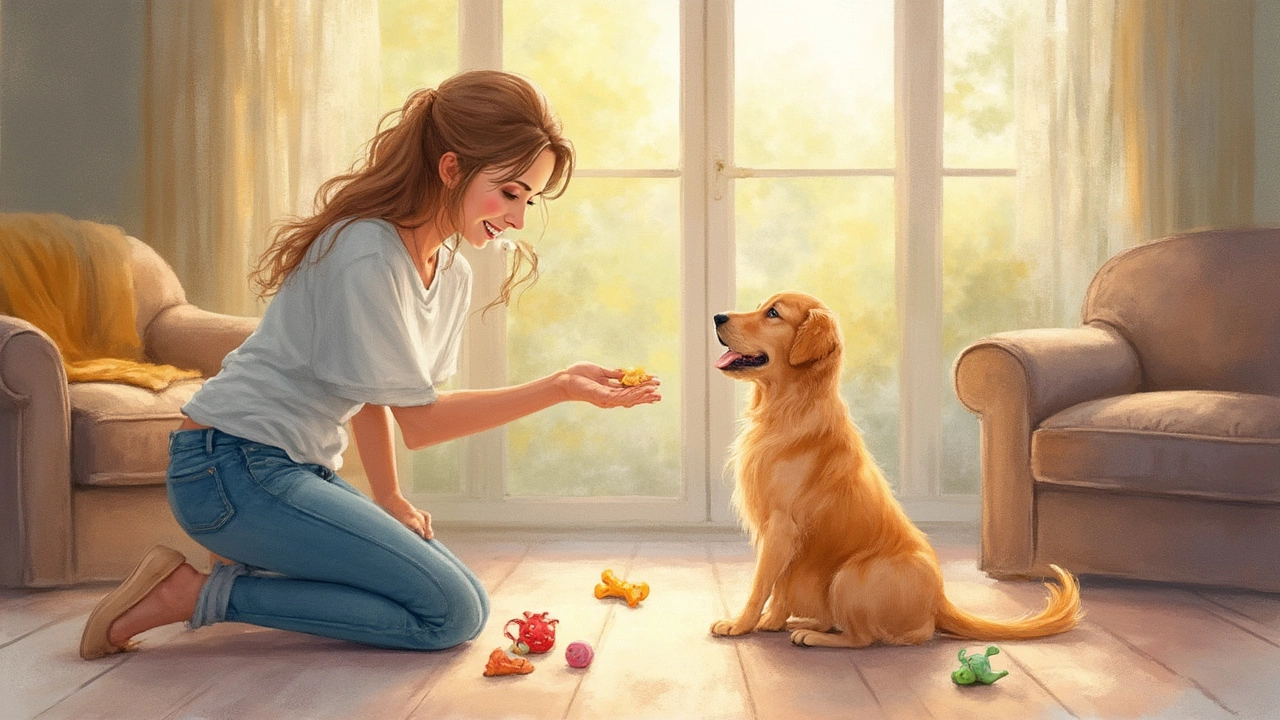Puppy Discipline Made Easy: Real‑World Tips for New Dog Parents
Got a wiggly, curious pup that’s testing every rule? You’re not alone. Puppies explore the world with their mouths, paws, and nose, so it feels like they’re breaking every rule at once. The good news? Discipline isn’t about yelling or harsh tools – it’s about clear, consistent cues that teach your puppy what you want. Below you’ll find the exact steps you can start using today.
Set Clear Boundaries From Day One
When you bring a puppy home, the first thing to decide is what’s allowed and what’s not. Pick three to five house rules (no chewing furniture, stay off the kitchen table, no jumping on guests) and stick to them. Consistency is the secret sauce: every family member must enforce the same limits, otherwise the pup gets mixed messages.
Use a short, firm word like “No” or “Leave it” the moment the puppy tries something off‑limits. Immediately follow with a better option – a chew toy, a mat, or a sit command. The moment you give the alternative, you’re showing the puppy the behavior you expect.
Positive Reinforcement Beats Punishment
Reward is the fastest way to lock in good habits. As soon as your puppy does the right thing – sits on cue, uses the potty outside, or plays gently – give a tiny treat, a quick pat, or an enthusiastic “Good job!” The reward must come within a few seconds so the puppy links the action to the praise.
If the puppy makes a mistake, avoid harsh scolding. A brief “Uh‑oh” and redirecting to an acceptable activity works better than yelling, which can scare them and damage trust. Remember, puppies have short attention spans; a three‑second pause is enough for them to understand they’ve crossed a line.
Timing matters a lot. A treat given too late (even a minute later) confuses the pup, because they think they’re being praised for something else. Keep treats handy, and use a clicker or a distinct sound if it helps you mark the exact moment of success.
Here’s a quick cheat‑sheet you can print and stick on the fridge:
- Chewing: Offer a chew toy the instant they start nibbling something wrong.
- Jumping: Turn away, wait for four paws on the floor, then reward.
- Potty accidents: Take them outside on a regular schedule; praise the moment they go.
- Biting: Say “Ouch” loudly, pause play, then resume when they’re calm.
These quick fixes keep the lesson short and clear, which is exactly what a puppy can handle.
Finally, give your pup plenty of mental and physical outlets. A tired puppy is a well‑behaved puppy. Short training sessions (5‑10 minutes) a few times a day, plus walks and play, drain excess energy that often shows up as mischief.
Discipline isn’t a one‑time event; it’s a daily habit. Keep the rules simple, reward fast, and redirect mistakes gently. In a few weeks you’ll see your puppy responding to cues without the constant “stop that!” moments, and you’ll enjoy a calmer home for both of you.

Effective Ways to Teach Your Puppy 'No' – Positive Puppy Training Tips
Learn how to teach your puppy the meaning of 'no' using positive, effective strategies. Avoid confusion and set your pup up for a lifetime of good behavior.
View more